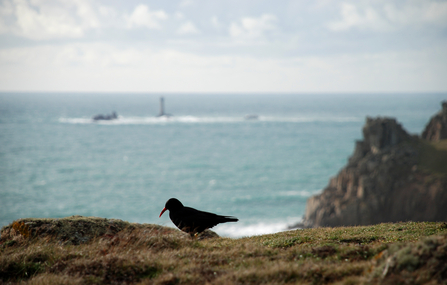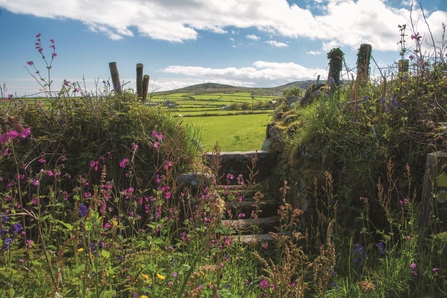In 2019 the national State of Nature report gave the worrying news that since 1970, 41% of species have declined in abundance across the UK. This led to talk of an ‘ecological emergency’ and calls for it to be tackled alongside the climate crisis. Cornwall Wildlife Trust wanted to know if the same was true here in Cornwall, so teamed up with Cornwall Council and the University of Exeter and analysed a huge volume of local species and habitat data collected largely by volunteer ‘citizen scientists’.
The resultant State of Nature Cornwall 2020 report shows that many species groups are in trouble; nearly half of terrestrial mammals are now found in fewer places in Cornwall than in the 1980s and nearly half of our breeding birds are in serious decline. Whilst the report paints a generally gloomy picture, it does include some good news, detailing where concentrated conservation efforts have brought species back from the brink of local extinction.


